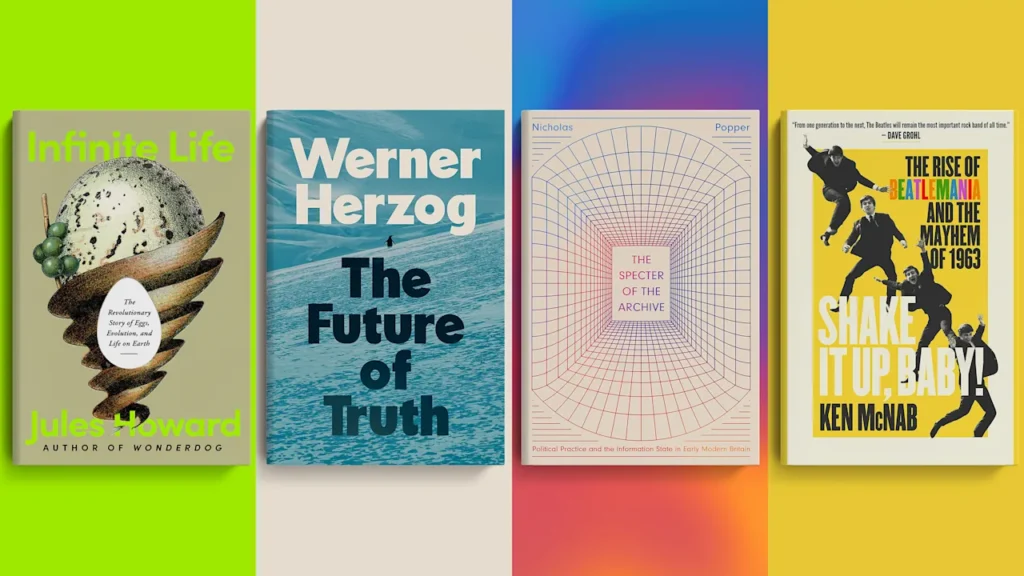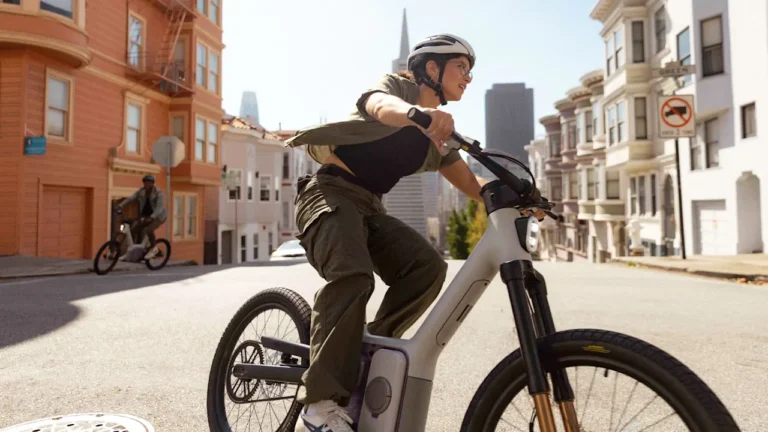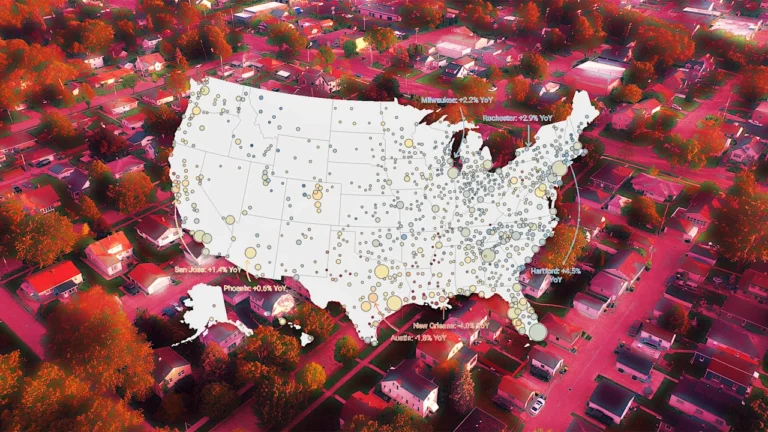
In 2022, Elisha Zepeda had given up on becoming a designer and was working as a barista at an Oregon bookstore. Today, he’s a salaried book cover designer at Penguin Random House and an in-demand freelance designer—and it’s all thanks to one TikTok video.
Zepeda spent four years at California State University working for his school’s marketing department. After he graduated in 2018, though, he faced a problem that’s become commonplace for job seekers today: No one in the design industry seemed to be hiring. So he started working as a barista at a local bookstore with a coffee shop. While organizing the shop’s books into categories by color palette and typography, he became fascinated with book cover design. This interest led him to curate a portfolio of faux book covers for about a year before a book cover design studio in the area hired him.
On a whim, Zepeda decided to share his design process on social media. The first video he ever posted to TikTok—a relaxed breakdown of how he builds out cover options for publishers—hit more than a million views overnight. Since then, Zepeda has honed his editing technique to create a video style that feels entirely his own, centered on calming music, simple text, and engaging visuals. Today, he has almost a million total followers across TikTok and Instagram.
This visibility earned Zepeda his job as a designer at Penguin Random House’s nonfiction Penguin Press vertical, where he produces about 20 covers per year. Outside of that position, he also takes freelance work from clients who primarily discover him through TikTok. The lesson, he says, is clear: Designers across categories need to start viewing social media as their primary portfolio.
Fast Company sat down with Zepeda to chat about breaking into book cover design, how to start using social media like a portfolio, and which book cover tropes he tries to avoid.
The interview has been edited and condensed for clarity.
Why did you start sharing your work on social media?
I was with that local studio for about a year, and I knew that no one I worked with was on TikTok. There was a book I was working on called Infinite Life, and one night, without telling anyone I worked with, I made that video and posted it. Overnight, it had a million views. I ended up talking to my boss, and they were really stoked about it, but they were like, “Let’s just check with publishers from here on out before you post anything.” From then on, I just consistently kept doing it.
What kinds of ripple effects has this had on your career?
It truly changed my career path. I saw that Penguin was hiring, and I reached out to the art director, and he was like, “I know your work from social media,” and I was pretty much hired.
Suddenly, all of these art directors and publishers knew who I was, and then I got to work with Penguin. It’s the perfect fit for my style. I just really lucked out, and it all happened so fast—from when I started posting, it was maybe three to six months later that I was getting work from big art directors, hired by Penguin, switched my job, and moved cities.
What does your brainstorming process look like when you first get an assignment?
I love Pinterest. The first thing I do is make a mood board. I’ll get a brief from clients that has maybe a couple of paragraphs. Lately, it seems like the bigger the client, the less restriction they have on the cover. They’re like, “You’re the person we’re paying to be creative—just make a bunch of options and we’ll see where it lands.” Which is why I think these huge publishers have all these bestsellers—because they trust creatives.
During my brainstorming process, I think of every project like, How can I make something that I personally would want to buy, and I personally think looks good? Every bestseller becomes a bestseller because it’s fresh and looks new. You can’t copy something else and expect it to have the same reaction from an audience. All you can really do is make a mood board and trust your instincts with what you think looks good.
How important has creator-led marketing become for designers?
I think people should be viewing their social media as their portfolio. I know we have portfolio websites, and you can make it clean and crisp and how you want it to be, but realistically, art directors check social media like anyone else.
Are there any book cover design tropes that you tend to steer clear from?
Now that I’m working with these art directors that I admire, I have to be very aware of what is out there already in a certain genre, because you never know who you’re going to work with. I just don’t ever want to rub someone the wrong way if it looks like I totally ripped off something they did that succeeded.
As far as trends go, I wouldn’t say there’s necessarily a no-no. A lot of times, if something follows a trend, it was very specifically asked for by the publisher. The first thing that comes to mind is that thrillers are teal and yellow. We really try to push back on that, but our directors will be like, “No, it has to be teal and yellow so people know it’s a thriller.” And it’s like, okay, well, that’s why there’s this trend, because they’re specifically asking for it.

